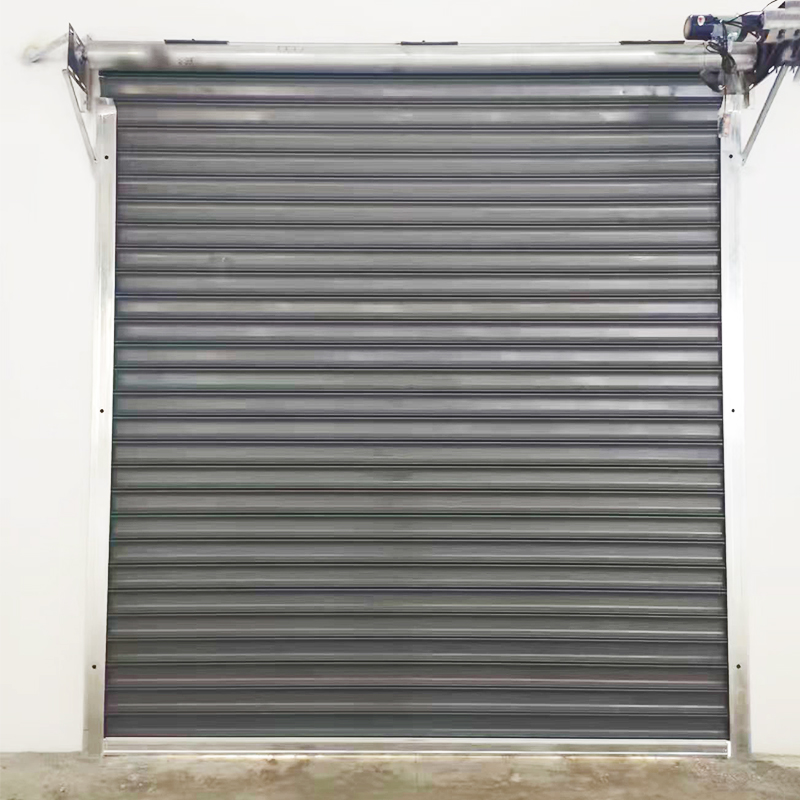What to lubricate sliding door with
Sliding doors are a convenient and space-saving addition to any home, providing easy access to the outdoors and allowing natural light to flood indoors. Over time, however, sliding doors may begin to stick and become difficult to open and close. This can be frustrating and can even lead to damage to the door if not addressed. The key to keeping your sliding door running smoothly is regular maintenance, especially lubrication. In this blog, we will discuss what to use to lubricate sliding doors and how to lubricate them properly.
Choose the right lubricant
When lubricating sliding doors, choosing the right lubricant is crucial. Using the wrong products can actually do more harm than good, causing buildup and attracting dirt and debris. There are many options for sliding door lubricants, each with their own pros and cons.
A popular option for lubricating sliding doors is silicone-based lubricant. This type of lubricant is non-corrosive and provides long-lasting lubrication. It’s also waterproof, making it ideal for use on exterior doors that are exposed to the elements. Silicone lubricant is available in spray form and can be easily applied to door rails and rollers.
Another option is to use a dry lubricant such as graphite powder. Dry lubricants are ideal for use in areas where traditional oils and greases may attract dirt and grime. Graphite powder can be applied directly to door rails and rollers, providing excellent lubrication without leaving a sticky residue.
In addition to silicone and dry lubricants, traditional oil-based lubricants can also be used to lubricate sliding doors. However, it’s important to choose a lightweight oil that won’t attract dirt and debris. Make sure to use a small amount of oil, as over-lubrication can cause buildup and make the problem worse.
Use lubricant
Once you have chosen the right lubricant for your sliding door, it is important to use the lubricant correctly to ensure that it effectively lubricates the door without causing any damage. Here are the steps to properly apply lubricant to your sliding door:
1. Clean Door Tracks and Rollers: Before applying lubricant, it is important to clean the door tracks and rollers to remove dirt and debris that may cause the door to stick. Use a vacuum cleaner or stiff brush to remove any buildup from the tracks and rollers.
2. Apply lubricant: After cleaning the tracks and rollers, apply a small amount of lubricant to the tracks, making sure to cover the entire length of the tracks. If using a dry lubricant, such as graphite powder, apply it directly to the tracks and rollers. If using silicone-based lubricant, spray it directly onto the tracks and rollers.
3. Operating the door: After applying lubricating oil, open and close the door several times to distribute the lubricating oil evenly to ensure effective lubrication of the entire door track and rollers.
4. Wipe off excess lubricant: After operating the door, wipe away any excess lubricant that may have accumulated on the tracks and rollers with a clean cloth. This will help prevent buildup and keep the door running smoothly.
How often should you lubricate your sliding door?
To keep your sliding door running smoothly, regular lubrication is important. The frequency of lubrication depends on a variety of factors, including the climate you live in and how often the door is used. As a general rule of thumb, it’s best to lubricate your sliding doors at least once a year, or more frequently if you notice any sticking or difficulty operating the door.
In addition to regular lubrication, it’s also important to keep door tracks and rollers clean to prevent buildup that can cause a door to jam. Regularly vacuuming and wiping down the tracks and rollers will help keep your sliding door running smoothly.
By choosing the right lubricant and using it correctly, you can keep your sliding door running smoothly for years to come. Regular maintenance and lubrication are key to preventing sticking and damage to your sliding door, ensuring it continues to provide your home with easy access to the outdoors and natural light.
